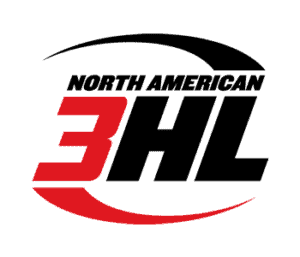Junior hockey is the highest level of amateur hockey in North America. It is the last level players play before jumping to pro, or in some instances collegiate hockey. Hockey is unique among sports in that its junior level is independent of school, and that its highest level, the NHL, typically chooses players outside of a collegiate system.
The mission of The Junior Hockey Podcast is to operate as a completely unbiased Junior Hockey News outlet. We thrive on allowing our contributors to share their personal opinions on topics surrounding the Junior Hockey Landscape. We hope to not only deliver news and knowledge but also laughs when needed and/or appropriate.
Check out our Junior Hockey News blog
The Junior Hockey Podcast will be a diverse and free-thinking community that will engage with others and question certain ideas and topics that come to light. We are the home of Junior Hockey. Offering new weekly podcast episodes with a wide range of junior hockey guests.
Listen to the Junior Hockey Podcast
We love hearing from our listeners and readers! There are a few ways to get in touch with us.
Visit our contact page to start the conversation.
You can also e-mail TJHP at thejuniorhockeypodcast@gmail.com
Tweet at us @JRhockeypodcast
Send us a Facebook Message
In the United States, there are three tiers that makeup Junior Hockey. Tier 1, Tier 2 and Tier 3. All three tiers of junior hockey in the U.S. are NCAA-protected, unlike Major Juniors. In Canada, the three tiers of junior hockey are Major Juniors, Junior A and Junior B/C/D.
Junior Hockey is for players between 16 and 21 years of age. Defined by the players birth year. For example, if a player is born in the year 2000. This player would be eligible to participate in Junior Hockey through the 2020-21 season.
AAA or Tier I hockey is generally for teams that are comprised of players from a wide geographical area and are not necessarily ‘local’ teams. Tier I or AAA was created by USA Hockey in 1980 to provide a level of Competition at Nationals to separate the local teams, that played and practiced together all year, and the tournament-style teams made up of players from a wide area. Tier I/AAA hockey has since become a year-round hockey option.









